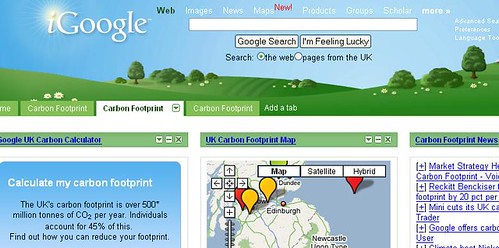Its a laudable goal CeBIT would begin the long road to greening by fully supporting the Climate Savers Computing Initiative. But I should point out the power used at trade shows is just absurd – all those banks of screens talking to nobody in particular.
Should we should reconsider the Gizmodo guys as eco-pranksters (have you seen the video, where all the huge screens start turning off, one after another? Maybe they should join the Green Forge.) I still don’t really understand why so much anger was directed at Gizmodo, people talking about lawsuits and so on. Annoying yes. Business threatening- come on people, get some perspective.









